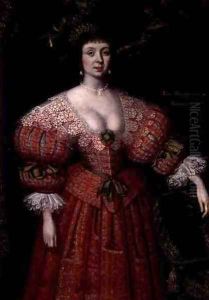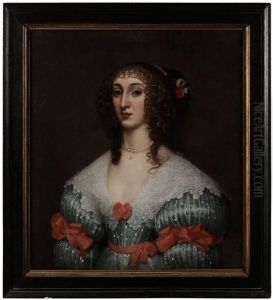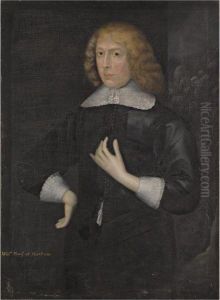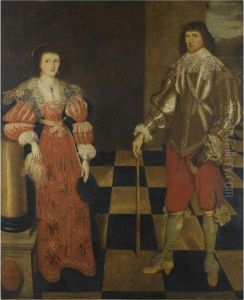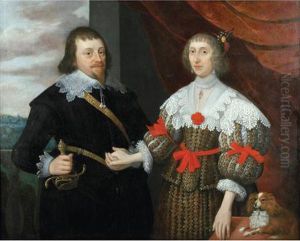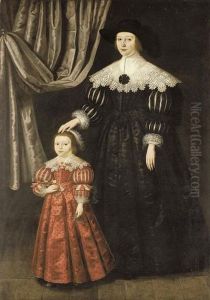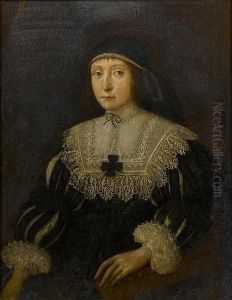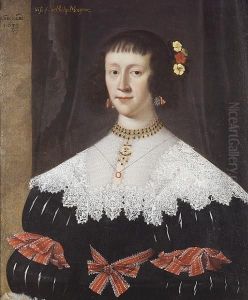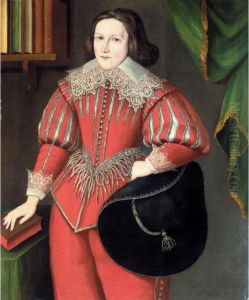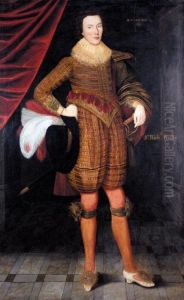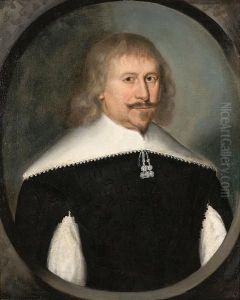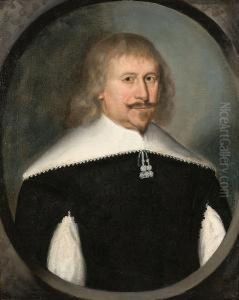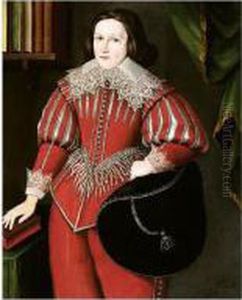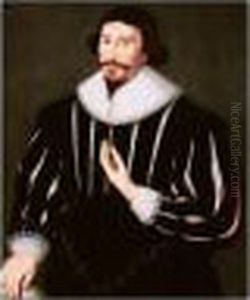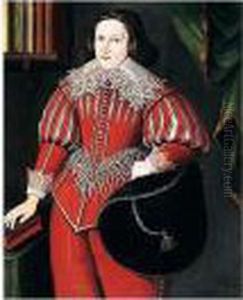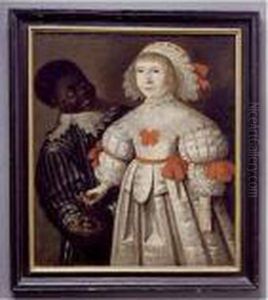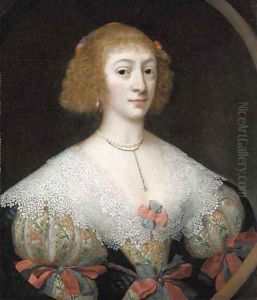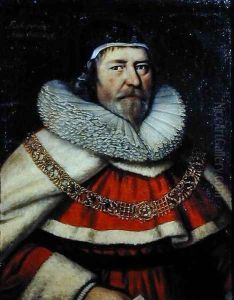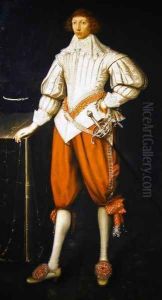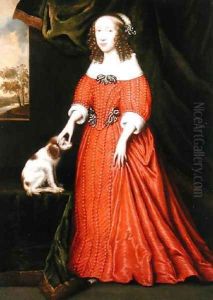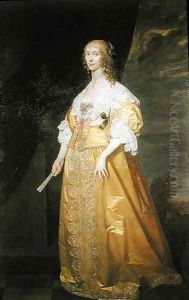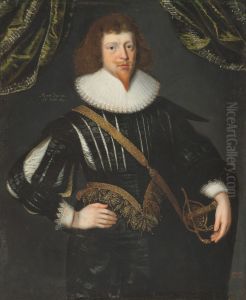Gilbert Jackson Paintings
Gilbert Jackson was an English portrait painter whose life details are somewhat obscure. He was active during the early to mid-17th century, a period that was marked by significant political, social, and cultural changes in England, including the lead-up to the English Civil War. Jackson's work as a portraitist placed him amidst the gentry and the burgeoning middle class who were keen on having their likenesses captured for posterity.
Jackson is known primarily through the portraits he left behind, as there is little documentary evidence about his life. His paintings are characterized by a certain directness and an attention to detail, particularly in the depiction of fabrics and lace, which was fashionable among his clientele. He often signed his paintings with 'GJ' followed by the date, which has allowed art historians to trace his active period.
One of his most famous works is the portrait of a woman, believed to be Mary Donne, later Lady Mary Villiers, which reflects the Jacobean fashion and aesthetics of his times. The portrait is a fine example of his skill in capturing the intricate details of his subject's attire and the subtle nuances of their expression.
Despite the quality of his work, Jackson never reached the same level of fame as some of his contemporaries, such as Anthony van Dyck, who was the leading court painter in England at that time. Nevertheless, Jackson's portraits are valuable for their historical significance and their representation of English society during a turbulent period. His works are held in various collections, including museums and galleries, as well as private collections.
The exact date of Jackson's death is not recorded, and his later life remains as much a mystery as his early years. His contributions to portrait painting continue to be appreciated by art enthusiasts and historians for their representation of 17th-century English attire, society, and culture.
